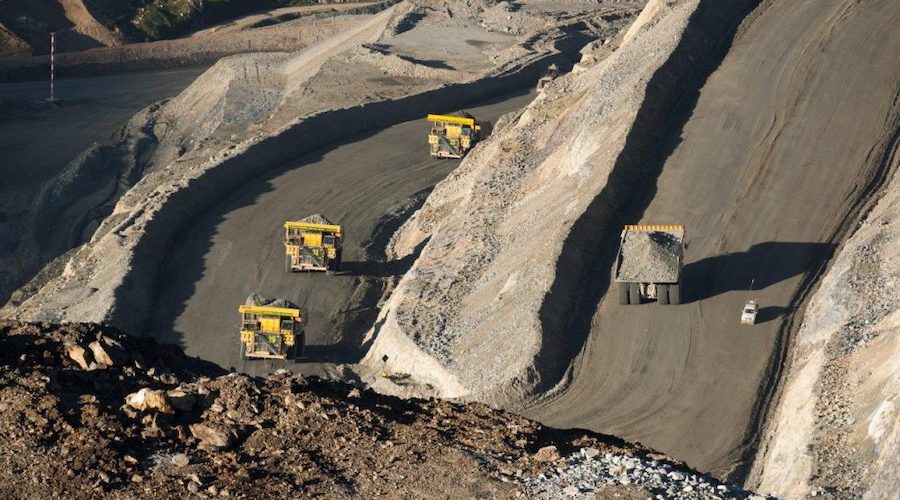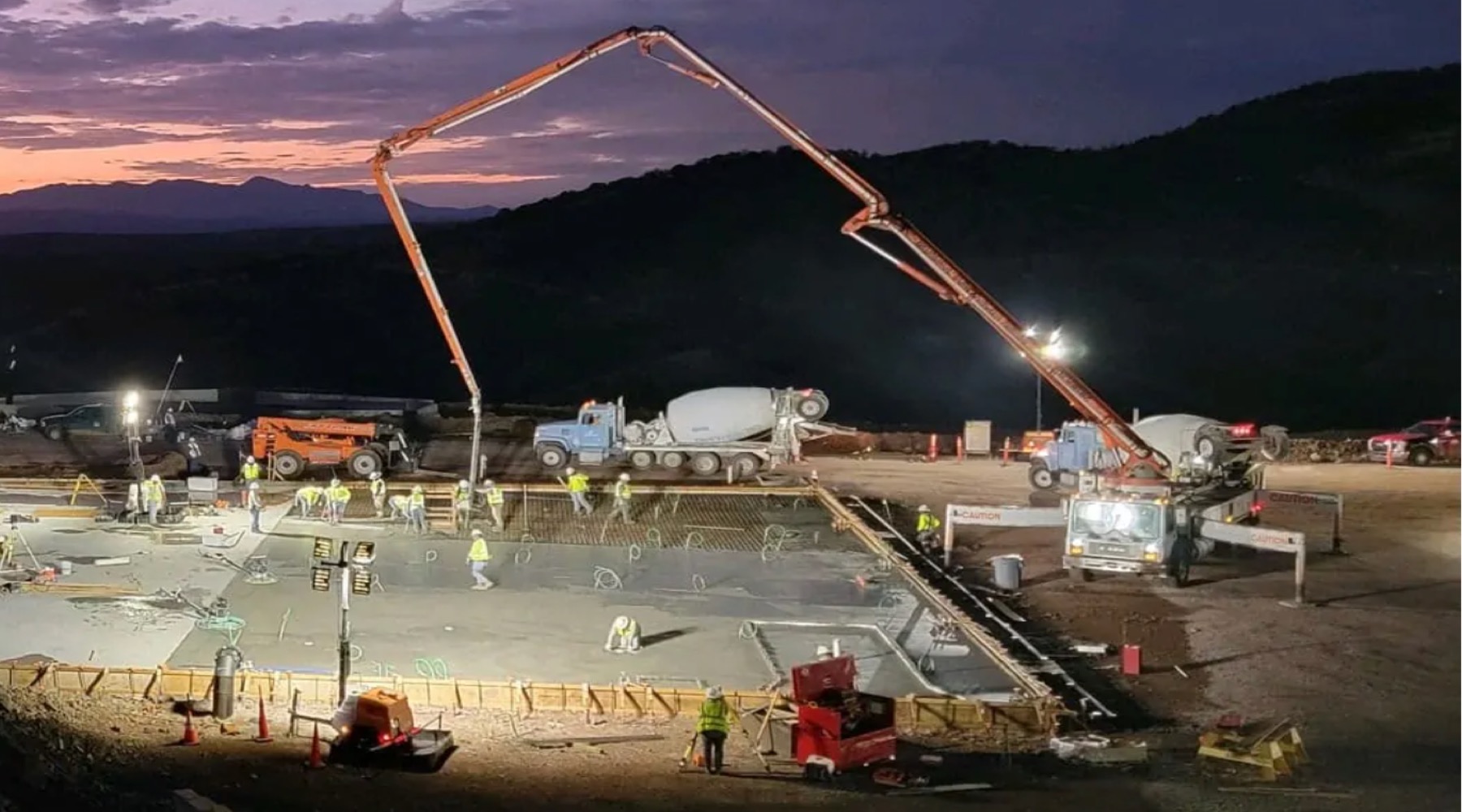Cooking for miners, eating at mines
Most mines have a place where the miners eat. Let us celebrate the cooks at these places by telling of the many fine meals we have enjoyed in these mining canteens. In celebrating cooks at mining canteens, I also seek to describe a job in mining that most do not write about. If you like cooking, then maybe a job at a mine canteen is for you.
At the East Geduld Mine where I grew up, there was the Single Quarters. This is where the single men working on the mine lived. My cousin lived there. I was envious of his lifestyle; for I dreamed of living away from my parents, free to come and go as I liked; free to ride a motor bike at speed through the wind; free to spend your own money on whatever sin you choose; why was I still stuck under parental control?
On many a Sunday, my father would pile us into the 1949 Mercury for the one-tenth-mile ride to the Single Quarters where we ate Sunday lunch. Most of the single men were somewhere else– riding their motor cycles and entertaining women. Feeding the mining families was a way to bring in some money and keep the cooks gainfully employed. And maybe give some fleeting pleasure to underpaid miners and thier families.
The meal was the same every Sunday. First soup: thin gruel served in thick ceramic plates that would kill if thrown with accuracy. Then some white fish of the cheapest kind with lashing of tartar sauce to color the taste. Next roast mutton; for what self-respecting miner does not eat mutton on Sunday? Finally, a desert: something sweet topped with yellow custard. Then a cup of a coffee-chicory mix in yet another thick ceramic thing. Pure heaven for a kid like me who was fed spaghetti and meat balls or sardines on toast most days.
As a student at university, Professor Jennings took us to a mine in the Free State. Their canteen was down for the day, but they made us sandwiches. Thick white bread that turns to mush in the mouth; thick layers of cheap cheese and processed ham; and cold from storage in the freezer. At least the professor had a bottle of brandy which we used to wash down the sandwiches. Great. Even though the brandy was warm and undiluted. I still drink too much brandy in memory of that mining meal.
Then I went to the Cannery at Greens Creek, Alaska. We ate like kings. We ate salmon and halibut, two fish I had not hitherto heard of. The Bull-Cook at the Cannery was Anita. We never learnt her surname. But how can you ever forget her flaming red hair and her erratic energy? While we went out drilling, she went out fishing in Hawk Inlet. She caught salmon and halibut which she cooked fresh for the evening meal. Vast meals of the finest food I have ever had—Anita is still my “best cook.”
I have spent many days at EKATI. There is a kitchen and food to celebrate! Now the cooks are professionals and employed by a First Nations company contracted to BHP Billiton. When you first arrive at the mine, they warn you in the health & safety briefing not to eat too much. “People have been known to put on thirty pounds while staying here, and that is not healthy,” they remind you.
But how can you resist a huge steak cooked rare, loaded with gravy, and surrounded by green beans, carrots, and potatoes? Well you could add beer or wine if only this were not a dry camp and you have to settle for milk or orange juice. No wonder I will never make this a permanent thing. Then to the cookie cabinet where there are cookies of unimaginable variety. And a warning: “Avoid peanut contamination; use gloves when picking up a cookie.” Damn. Never heard of peanut problems as a kid when we ate copious quantities of cheap brown bread loaded with peanut butter and syrup.
Flee to Guatemala and the Marlin Mine. There, up the hill from the rooms of the mining camp, is the dining room. There many lithe, local women labor to prepare perfect Guatemalan Indian food: beans & rice; tiny pieces of tomato and onion in vinegar; a local pancake of corn; and meat that is indistinguishable and unmemorable.
But after a day in the sun and spectacular mountains, all the while traipsing down crystal-clear streams, this is perfect comfort food. Particularly if after supper you go to the gazebo to drink Guatemalan rum. Only 23-year old Ron Zacapta will do. But what a treat! I will go back any day just for the food.
If you seek solid, stolid food, go to the canteen at the Suncor Mine in Alberta. The portions are big. The food is substantial. The cost is low. The plate is full; so full that an ordinary appetite cannot possible eat it all. Better to buy a packet of beef jerky, a diet coke, and a Kit-Kat at the local gas station before you leave Fort McMurray and eat that in one of the many eating rooms scattered around the site. There you can enjoy the company of fellow TRO staff and chat about the snow and freezing tailings.
Back in Guatemala at the Escobal Mine. The place to eat is run by the daughter of the local important person. The food is varied. One night it is chicken flavoured with local spices and surrounded by beans and rice. The next night it is fish of the type I have not encountered before. Beer is flowing. Conversation is jubilant at mining advance. The price is right, and the atmosphere is perfect as you emerge into the square dominated by the police station and a Roman Catholic church. And walk, safe, to your hotel, which is an old house along a narrow street. Then back for breakfast of scrambled eggs, bacon, coffee, and orange juice. But it tastes so different from the American breakfast of the same ingredients. For there is salsa and corn tortillas; food not found elsewhere.
My point is that cooking for miners is an important job. You will prepare food that we will remember forever. You will prepare food that makes miners’ lives OK or not. You are part of the essential services that make foreign travel to distant mines memorable and inviting. Go for it, if you can cook.
More News
PDAC JV video: Laos tax breaks boost mining investment, Laos Shenker exec says
The company processes 200,000 tonnes of ore per year using its energy and cost-cutting technology.
March 21, 2025 | 02:47 pm
Peru copper output up 7% in January
Production climbed largely due to higher output from MMG's Las Bambas mine and Anglo American's Quellaveco mine.
March 21, 2025 | 01:58 pm
University of Arizona mining innovation engine aims to build skilled domestic workforce
Arizona’s Sustainable Mining Innovation Engine proposal would secure up to $160 million over 10 years.
March 21, 2025 | 12:56 pm
{{ commodity.name }}
{{ post.title }}
{{ post.excerpt }}
{{ post.date }}




Comments
Lance Clemons
At my age, I find that cooking is the most enjoyable job I really like. Where can I apply for work in a mine canteen?